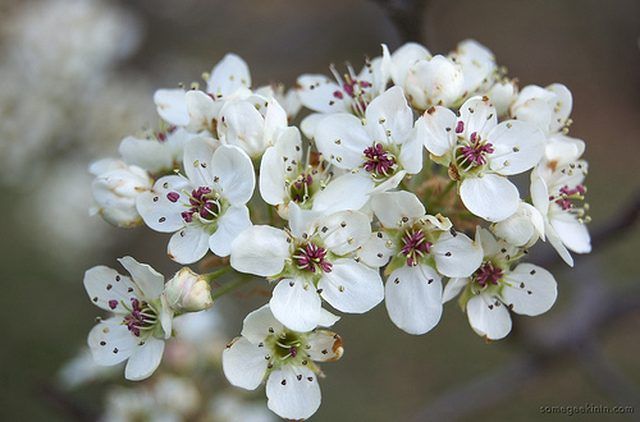Bulbs
Flower Basics
Flower Beds & Specialty Gardens
Flower Garden
Garden Furniture
Garden Gnomes
Garden Seeds
Garden Sheds
Garden Statues
Garden Tools & Supplies
Gardening Basics
Green & Organic
Groundcovers & Vines
Growing Annuals
Growing Basil
Growing Beans
Growing Berries
Growing Blueberries
Growing Cactus
Growing Corn
Growing Cotton
Growing Edibles
Growing Flowers
Growing Garlic
Growing Grapes
Growing Grass
Growing Herbs
Growing Jasmine
Growing Mint
Growing Mushrooms
Orchids
Growing Peanuts
Growing Perennials
Growing Plants
Growing Rosemary
Growing Roses
Growing Strawberries
Growing Sunflowers
Growing Thyme
Growing Tomatoes
Growing Tulips
Growing Vegetables
Herb Basics
Herb Garden
Indoor Growing
Landscaping Basics
Landscaping Patios
Landscaping Plants
Landscaping Shrubs
Landscaping Trees
Landscaping Walks & Pathways
Lawn Basics
Lawn Maintenance
Lawn Mowers
Lawn Ornaments
Lawn Planting
Lawn Tools
Outdoor Growing
Overall Landscape Planning
Pests, Weeds & Problems
Plant Basics
Rock Garden
Rose Garden
Shrubs
Soil
Specialty Gardens
Trees
Vegetable Garden
Yard Maintenance
Are Bradford Pear Trees Poisonous to Humans?
Are Bradford Pear Trees Poisonous to Humans?. Beautiful in color and form, the Bradford pear tree is native to Asia. When introduced in the United States as an ornamental tree, it thrived. Wildlife love the fruits of the Bradford or Callery pear and an abundance of trees are spread via birds and squirrels, appearing seemingly out of nowhere...

Beautiful in color and form, the Bradford pear tree is native to Asia. When introduced in the United States as an ornamental tree, it thrived. Wildlife love the fruits of the Bradford or Callery pear and an abundance of trees are spread via birds and squirrels, appearing seemingly out of nowhere overnight.
Names
The Bradford pear tree is known scientifically as Pyrus calleryana. Bradford pears are quick-growing deciduous trees that reach approximately 50 feet high when mature. They produce white flowers and small, inedible fruit.
Function
Bradford pear trees are primarily grown as ornamental trees for their spring flora. The fruits, which are inedible raw, can be used to make wine and seasonings.
Considerations
Pyrus calleryana seeds are considered mildly poisonous to humans. When ground between the teeth and ingested in large quantities, glycosides in the seeds mix with stomach acid to form cyanide.
Effects
It is hard for a human to ingest large enough quantities of Bradford pear seeds to cause even a mild reaction. When poisoning does occur, it may manifest as a mild fever, stomach upset and dizziness.
Fun Fact
The Sierra Club gave the Bradford pear the moniker of "Frankentree" because these originally sterile trees have hybridized over the years to gain the ability to produce fruit and seed.